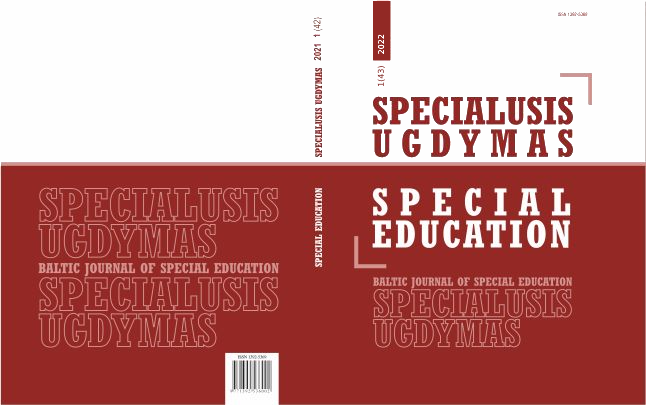Business Process Re-engineering and its Impact on Competitive Advantage: Analytical Research for a Sample of Private Hospitals in Iraq-Baghdad
Main Article Content
Abstract
The study aimed to examine the relationship between the dimensions of business process re-engineering through the sustainable competitive advantage variable in a sample of private hospitals in Baghdad, numbering (5) hospitals. The questionnaire was the main tool for research. The study sample consisted of (84) employees in the surveyed hospitals and from the upper and middle levels represented (general manager, assistant general manager, department manager, and division official). The Pearson correlation coefficient was used to test the strength of the relationship between the study variables. The most prominent results were the existence of a significant correlation to the variables of business process re-engineering and competitive advantage by keeping pace with development, technology, and a common vision and enabling workers to contribute to the realization and understanding of problems and knowledge of all basic business processes that would help creativity and help respond to new challenges. Moreover, take advantage of the creative skills of workers to raise the level of services provided in general. However, there is no effect on the dimension of the organizational structure in making changes in quality and cost to achieve the competitive advantage, which is the flexibility to contribute to the implementation of change programs and the organization of effective communication mechanisms between departments in line with work requirements. The study recommended the need to pay attention to adopting an approach that helps reduce the costs of health services provided and to follow modern systems in determining and analyzing costs. Taking care of the workers by developing their expertise and knowledge in the hospital to bring about changes and innovations, confront changes in the surrounding environment, provide new products and services, and strive to polarize and attract workers who can cover skill and expertise gaps in a way that ensures the achievement of creativity, development, and improvement in its work.
